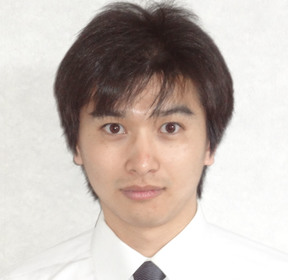
Satoshi Ninagawa
JapanTitle: Establishment of N-glycan trimming pathway in the endoplasmic reticulum
Abstract:
Proteins misfolded in the endoplasmic reticulum (ER) are recognized, delivered to retrotranslocation channels, dislocated from the ER to the cytosol, and ubiquitinated and degraded by the proteasome: a pathway collectively termed ER-associated degradation (ERAD). In the glycoprotein ERAD (gpERAD) pathway, two-step mannose trimming from Man9GlcNAc2 (M9) produces oligosaccharides with the α1,6-mannose bond exposed, which is recognized by the lectin ERAD component for subsequent disposal. In mammals, how nine mannoses are trimmed in the ER had been discussed but unclear, especially concerning the enzymes that conduct the trimming. MAN1B1 (ER mannosidase I) with a mannosidase homology domain (MHD) was a primary candidate for the trimming from M9 to M8B, but it was clearly demonstrated that endogenous MAN1B1 localized in the Golgi (Pan et al., 2011 MBoC), not in the ER. Other candidates were EDEM1, EDEM2 and EDEM3 containing MHD, of which the enzymatic activities were ambiguous. To investigate functions of endogenous EDEM proteins, we constructed EDEM1, EDEM2 and EDEM3 KO cell lines for both in chicken and human. Comprehensive cellular N-glycan profiling showed strong enzymatic activities of EDEM family proteins, and suggested a new mannose trimming model: EDEM2 performs the trimming from M9 to M8B, and EDEM3 and EDEM1 from M8B.
Biography:
Dr. Satoshi Ninagawa is an assistant professor appointed in 2018 at Kyoto University in Japan. He received his M. S. (2007) and Ph. D. (2011) degrees in Dr. Kazutoshi Mori’s laboratory in the Graduate school of Science at Kyoto University. Except from 2014 to mid-2015 while he was a postdoctoral fellow in Dr. Koichi Kato’s laboratory in Okazaki Institute for Integrative Bioscience, he did most of his postdoctoral research as a fellow in Dr. Mori’s laboratory. He received the Japan Society of Carbohydrate Research Incentive Award and Young Investigator Award from The Japanese Biochemical Society in 2020, Cell Structure and Function Paper Award in 2017 and Japan Society for Cell Biology Young Scientist Award for Presentation in 2016.
